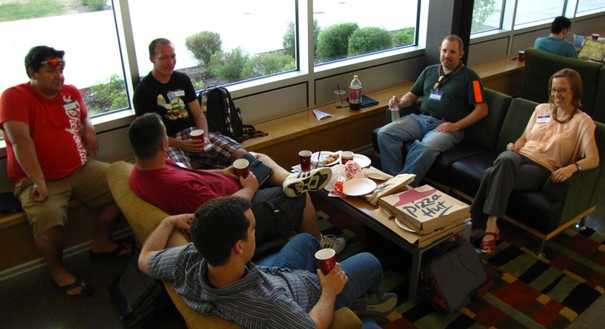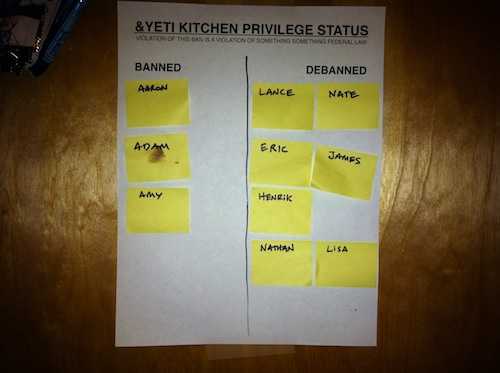Adam Baldwin and Nathan LaFreniere are yetis.
Because we are huge fans of human namespace collisions and amazing people, we're adding two new members to our team: Adam Baldwin and Nathan LaFreniere, both in transition from nGenuity, the security company Adam Baldwin co-founded and built into a well-respected consultancy that has advised the likes of GitHub, AirBNB, and LastPass on security.
We have relied on Adam and Nathan's services through nGenuity to inform, improve, and check our development process, validating and invalidating our team's work and process, providing education and correction along the way. We are thrilled to be able to bring these resources to bear with greater influence, while providing Adam Baldwin with the authority to improve areas in need of such.
Adam Baldwin
Adam Baldwin has served as &yet's most essential advisor since our first year, providing me with confidence in venturing more into development as an addition to my initial web design freelance business, playing "panoptic debugger" when I struggled with it, helping us establish good policy and process as we built our team, improving our system operations, and always, always, bludgeoning us about the head regarding security.





